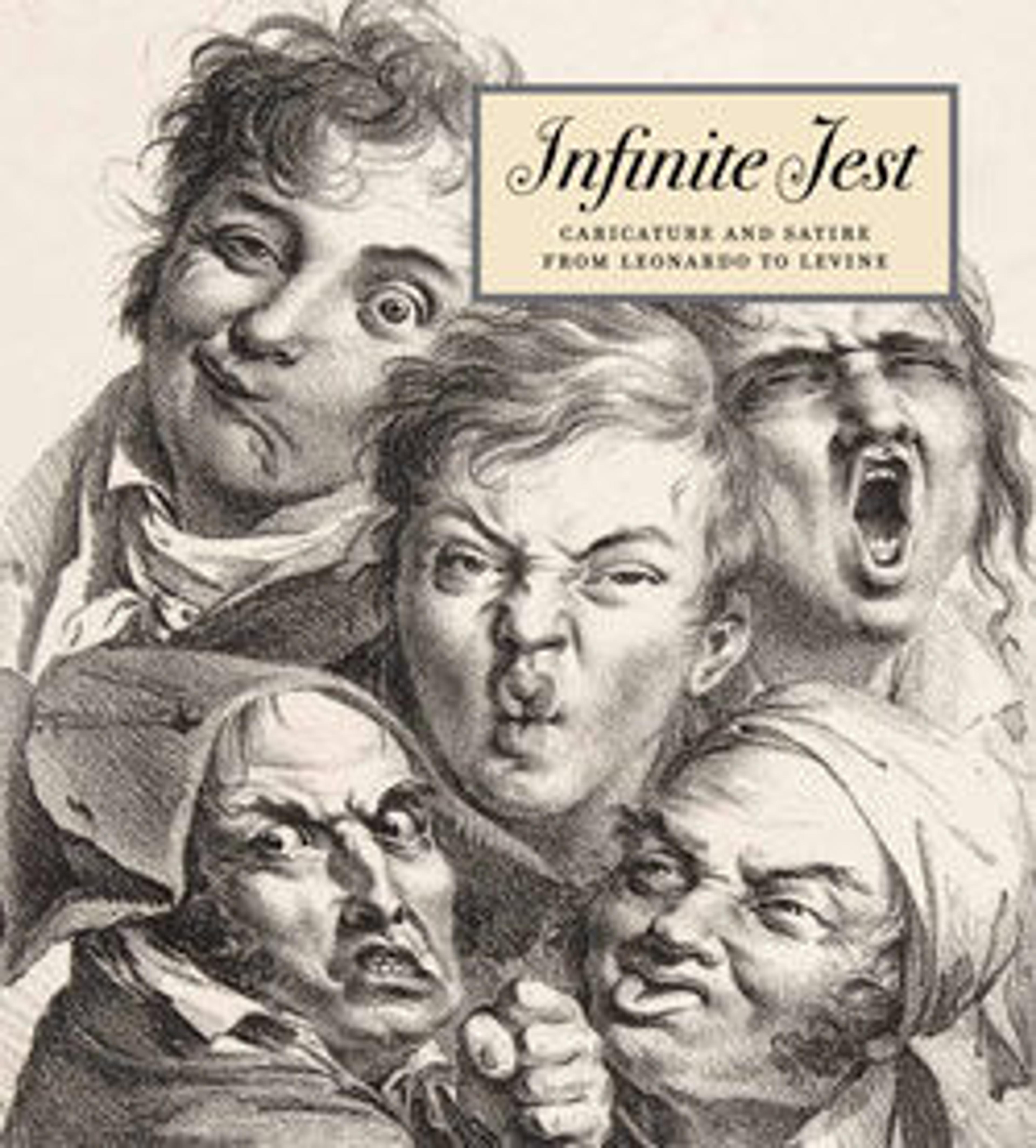An Artist Travelling in Wales
The protracted Anglo-French conflict between 1792 and 1815 prevented British artists from exploring the Continent. Instead, many sought vistas at home, encouraged by William Gilpin’s influential book Observations relative chiefly to Picturesque Beauty (1786). Rowlandson’s image parodies a strenuous tour made through Wales in August 1797 with the caricaturist Henry Wigstead. A published account describes constant fog and rain, rough roads, poor lodgings, spartan food and wild country folk. In this image, a tall, thin, figure–possibly intended for Wigstead–balances on a small pony. Man and beast are laden with artistic paraphernalia, all inadequately shielded from the downpour. A rustic family watches in amazement; for them the artist presents a much more interesting spectacle than the scenery.
Artwork Details
- Title:An Artist Travelling in Wales
- Artist:After Thomas Rowlandson (British, London 1757–1827 London)
- Etcher:Henri Merke (Swiss, Niederweningen, canton Zürich ca. 1760–after 1820)
- Publisher:Rudolph Ackermann, London (British, active 1794–1832)
- Date:February 10, 1799
- Medium:Etching and aquatint with hand coloring
- Dimensions:sheet: 13 3/16 x 15 1/2 in. (33.5 x 39.4 cm)
- Classification:Prints
- Credit Line:The Elisha Whittelsey Collection, The Elisha Whittelsey Fund, 1959
- Object Number:59.533.654
- Curatorial Department: Drawings and Prints
More Artwork
Research Resources
The Met provides unparalleled resources for research and welcomes an international community of students and scholars. The Met's Open Access API is where creators and researchers can connect to the The Met collection. Open Access data and public domain images are available for unrestricted commercial and noncommercial use without permission or fee.
To request images under copyright and other restrictions, please use this Image Request form.
Feedback
We continue to research and examine historical and cultural context for objects in The Met collection. If you have comments or questions about this object record, please contact us using the form below. The Museum looks forward to receiving your comments.
